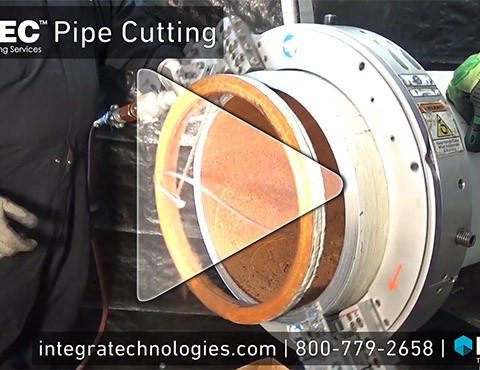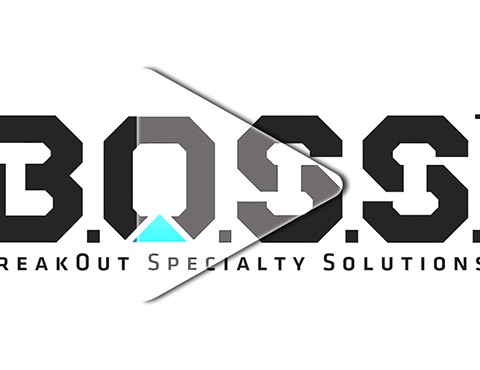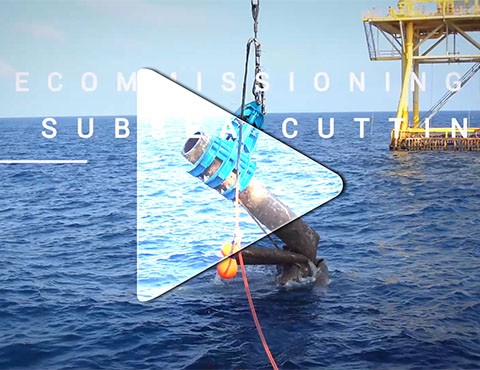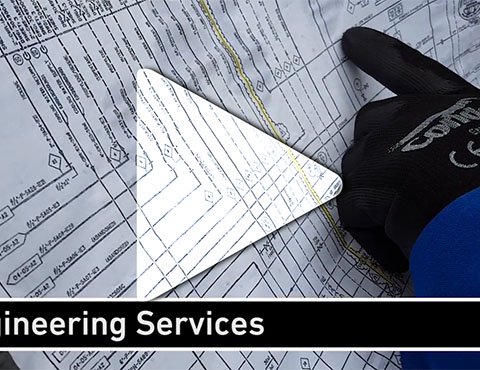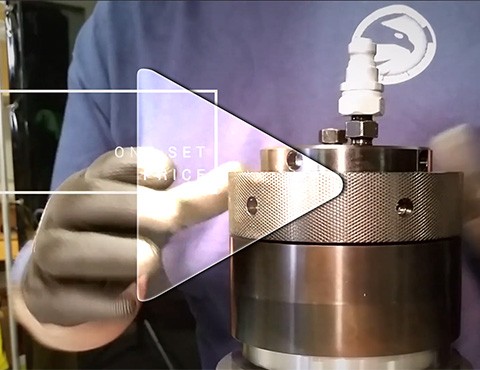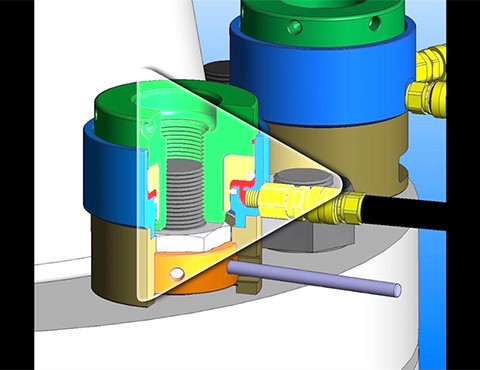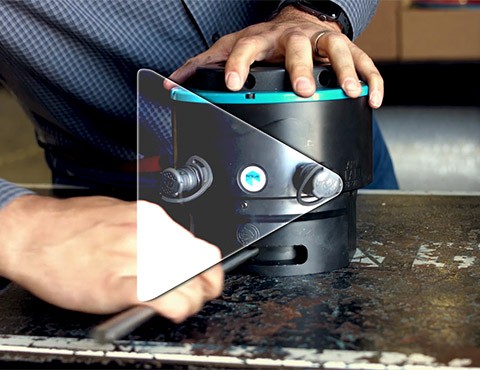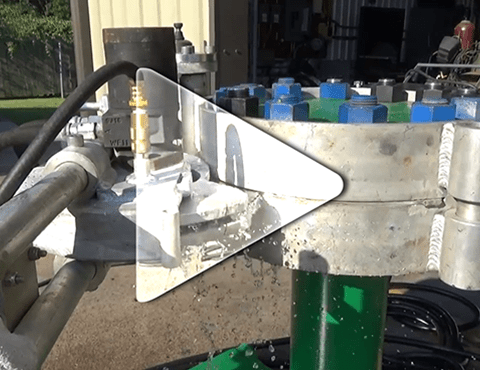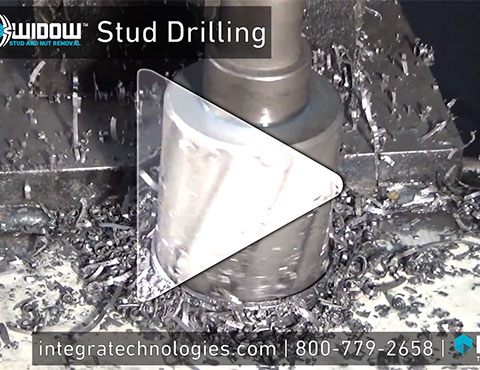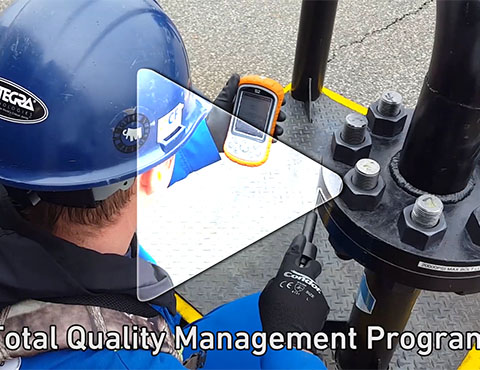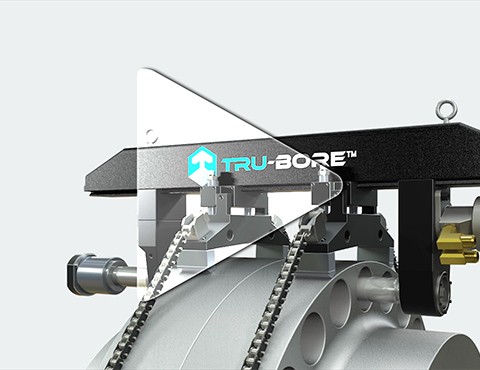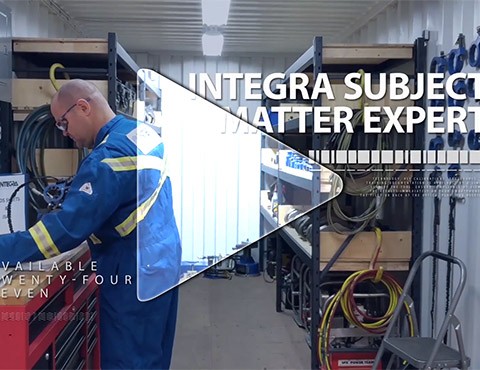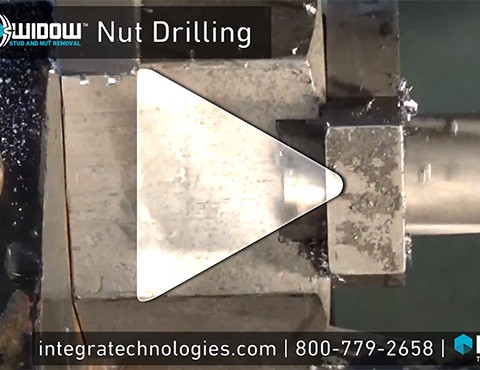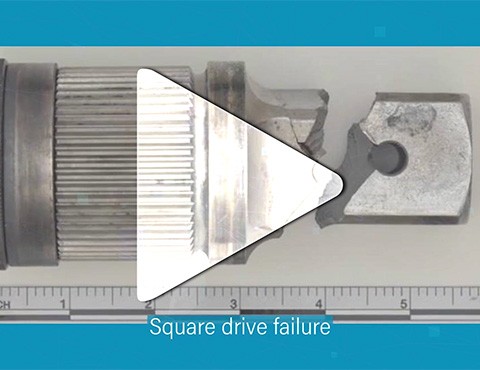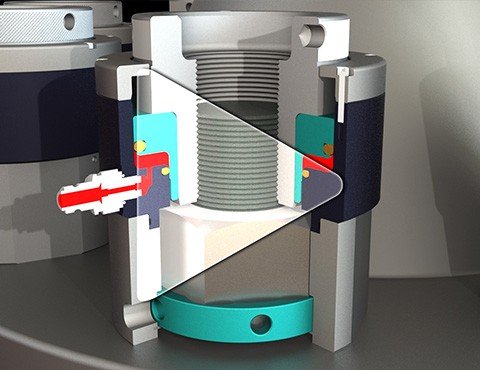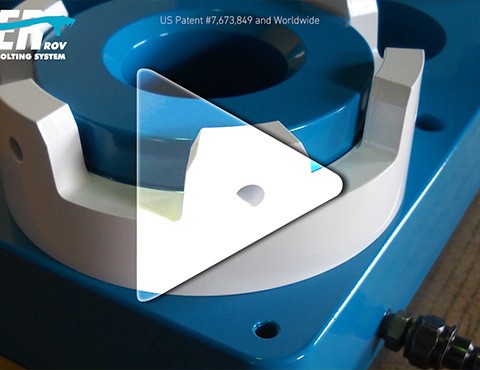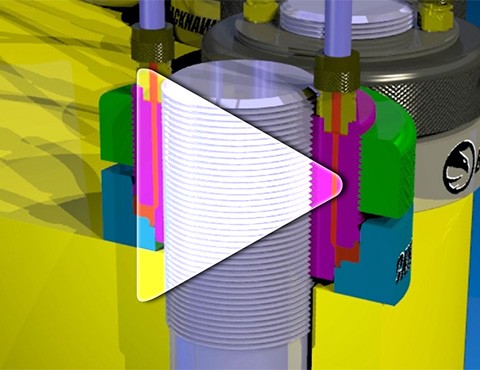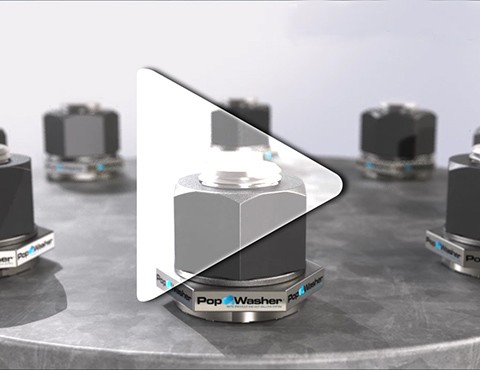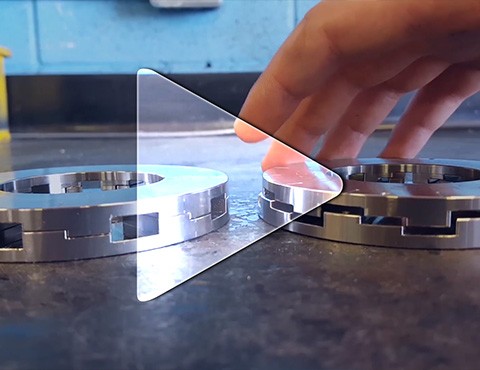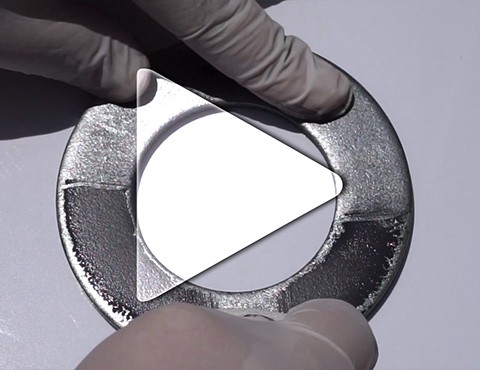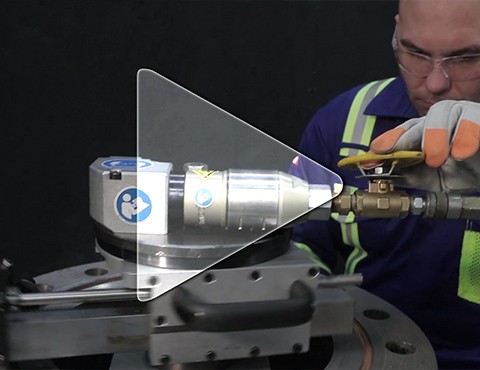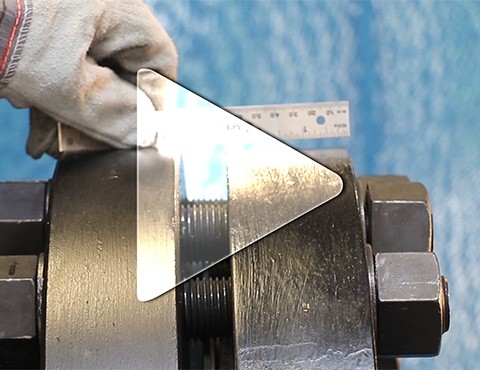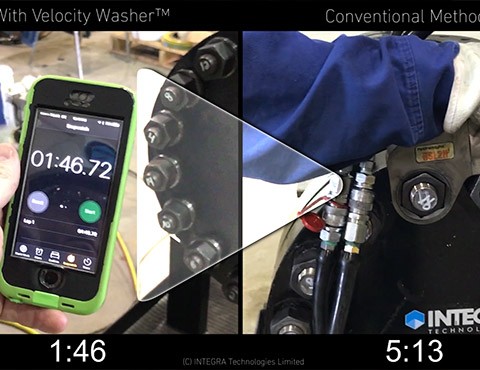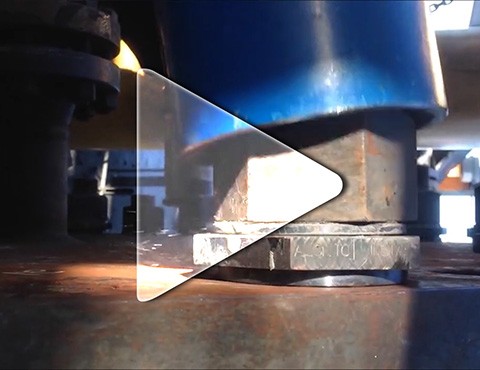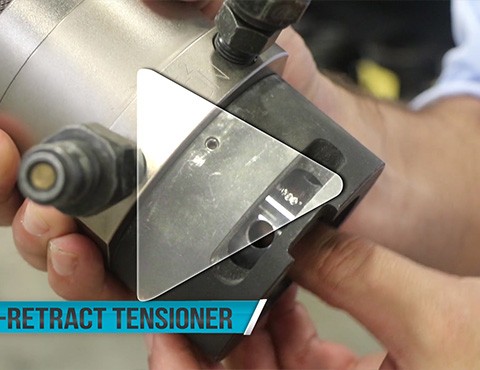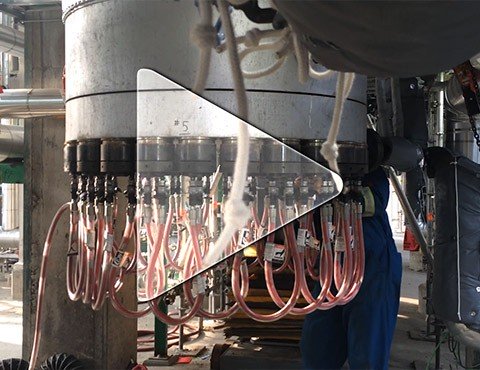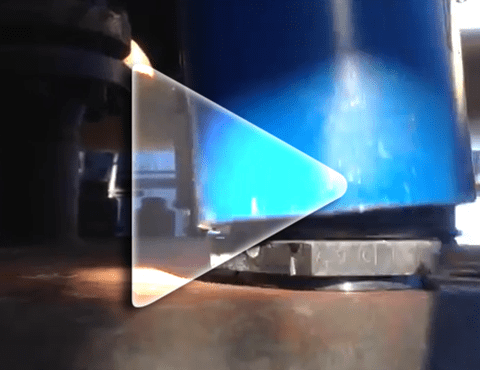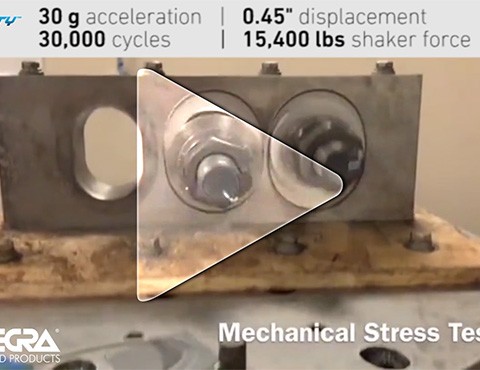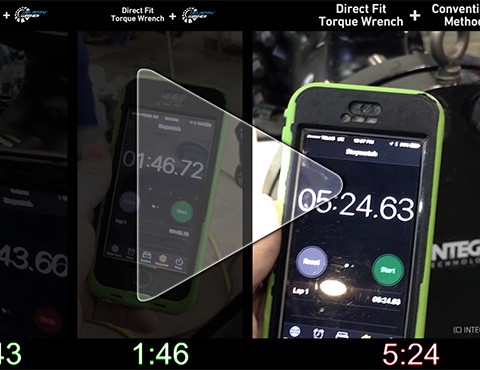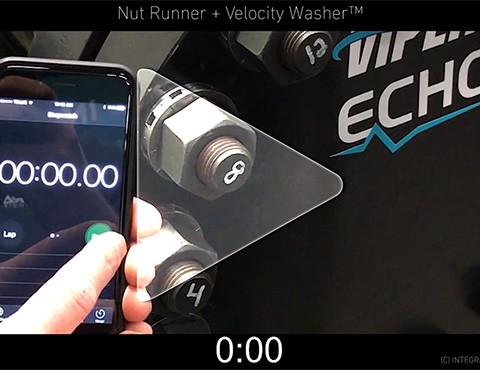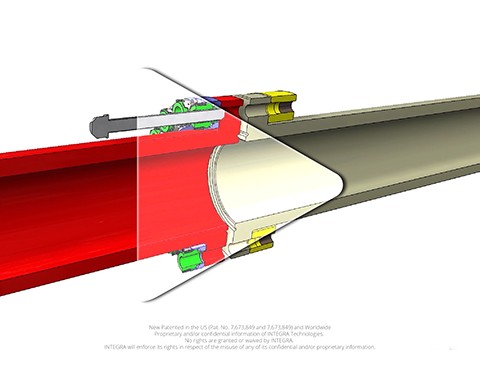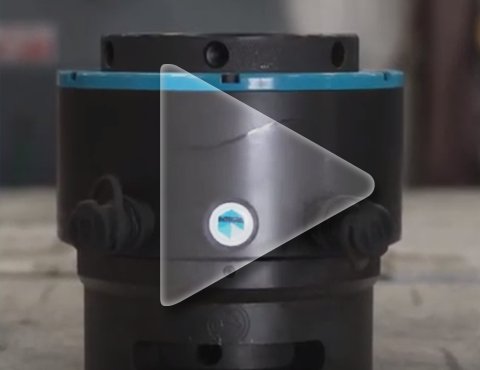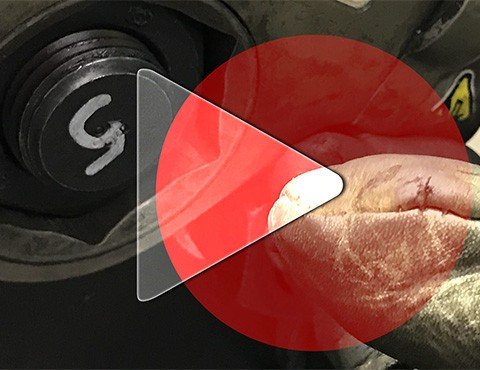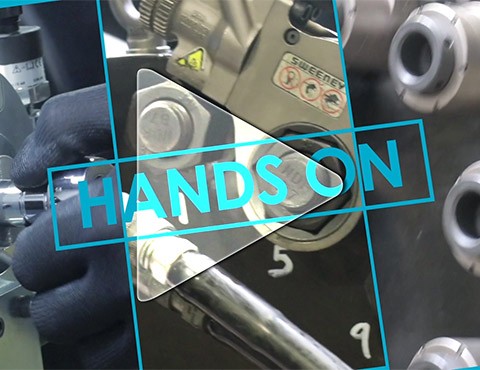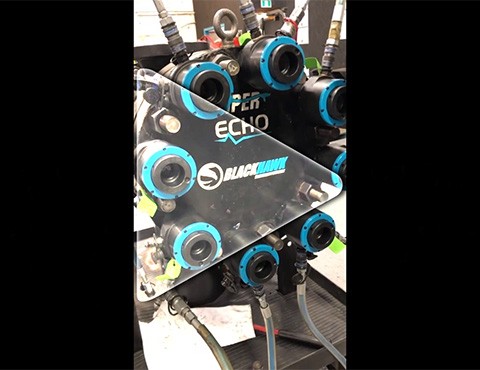“INTEGRA Technologies presents a new episode of Principles of Joint Integrity where we will discuss Flange Alignment.
Proper Flange Alignment is essential to produce secure bolted connections, ensure leak-free operation and reduce pipe strain.
The result is increased safety, reliability, and production coupled with reduced downtime and environmental impact.
Centerline is the alignment of the flanges so that the seating surfaces the inside diameter of the bore or the outside diameter of the flanges match or meet with the greatest amount of contact surface.
Tolerance is usually measured by placing a straight-edge on the outside diameter of one flange and extending it towards or bridging over to the mating flange.
This is done at four points along the flange approximately ninety degrees from one another. The tolerance is 1.5 millimeter or 1/16 of an inch at any point.
Parallelism is the alignment of the flanges so that there are equal distances between the flange faces at all points around the circumference of the joint, therefore making the flange-faces parallel to each other.
The tolerance is usually determined by measuring the closest and farthest distance between the flange faces and comparing. An acceptable practice as a difference of no greater than 0.8 millimeter or 1/32 of an inch at the outer diameter of the sealing surface.
Achieved using a force of no greater than 10% of the maximum torque or bolt-load for any bolt.
Rotational Two-Hole is the alignment of the flanges so that the bolt-holes align with each other, allowing the fasteners to easily pass through perpendicular to the flange-faces.
The tolerance is measured by observing what should be the 90 degree angle where the fastener passes through the flanges or by observing through the holes and measuring that they’re within three millimeter or 1/8 of an inch of perfect alignment.
Gaskets should be compressed uniformly across the flange-faces. An excessive gap is a condition where two flanges are separated by distance greater than twice the thickness of the gasket when the flanges are at rest and the flanges will not come together using a reasonable force.
When no external alignment devices are used the flange-faces should be brought into contact with a uniformly compressed gasket using less than the equivalent of 10% of the total assembly bolt-load.
When aligning the flanges, no single bolt should be tightened to exceed about 20% of the single bolt maximum torque or target bolt load.
When external alignment devices are used, the flanges should be compressed uniformly across the flange-faces using an external load equivalent to less than 20% of the total target assembly bolt load.
If more force is required to bring the flange gap into compliance, please consult an engineer.
We hope you enjoyed this episode of principles of joint integrity.
Stay tuned for future episodes and please visit our website!”
SERVICES
HOW IT WORKS
PRINCIPLES OF JOINT INTEGRITY
ENGINEERED PRODUCTS
SAFETY
TRAINING
Get A Quote Today
One of our experts will be in touch within 24 hours to provide a free quote and advice.

